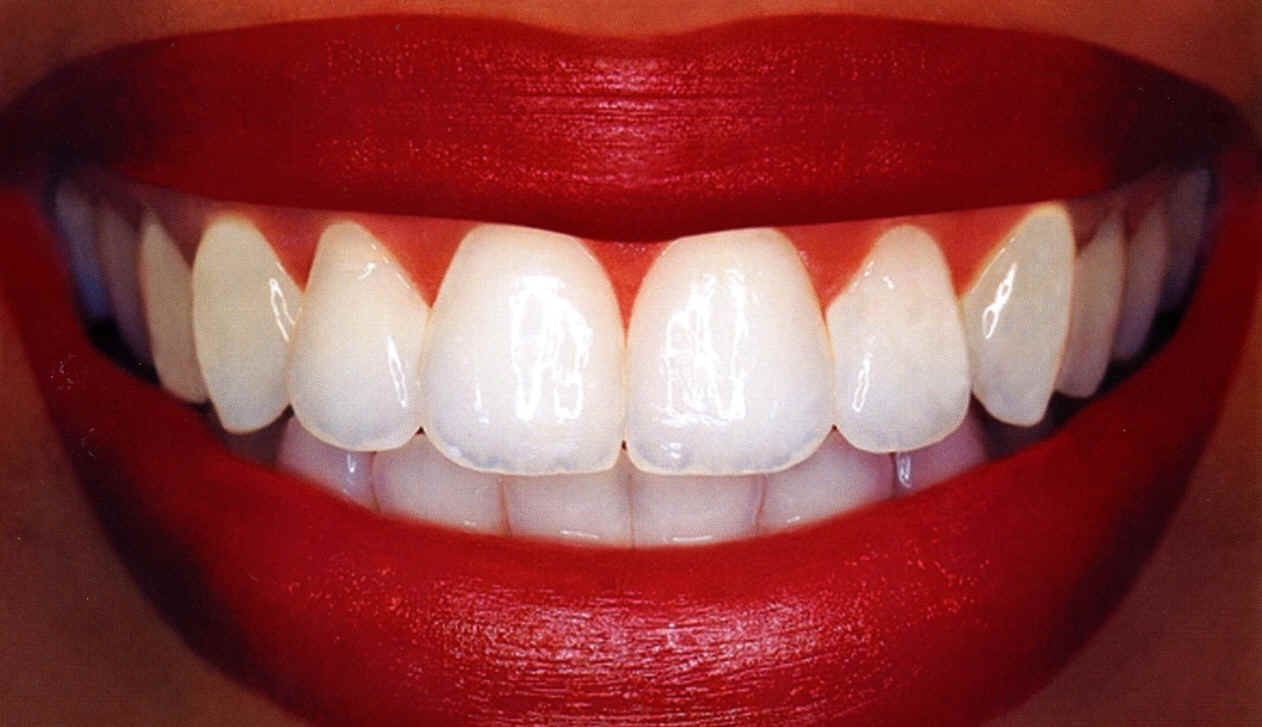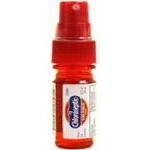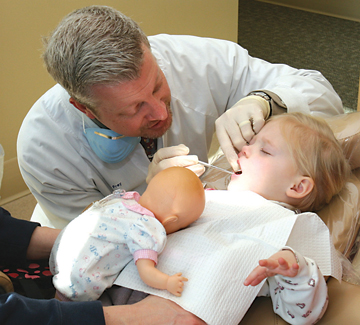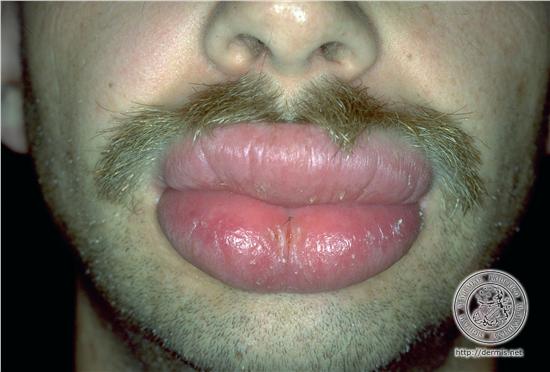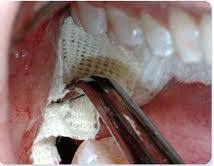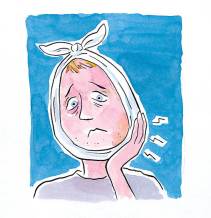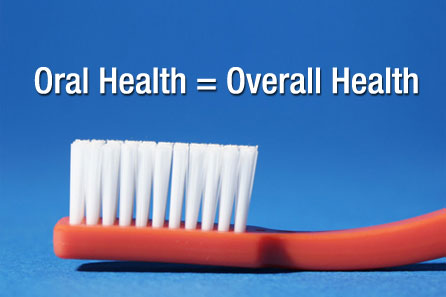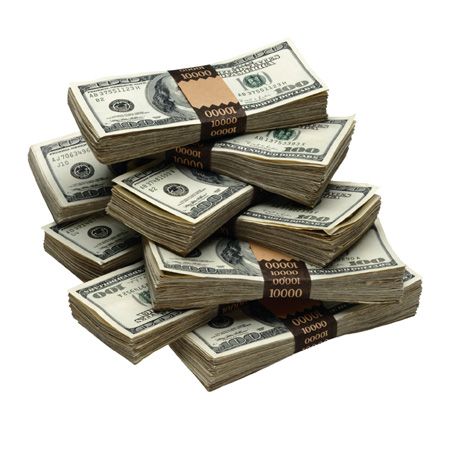What is Orofacial Dyskinesia
Orofacial Dsykinesia was first described in 1957 and the name was coined in 1964. Prior to this because of the prominence of symptoms around the mouth, it was given the name “bucco linguo masticatory syndrome“, meaning “cheek tongue chewing†syndrome. It was most described in patients with schizophrenia.
Orofacial dyskinesia refers to a wide variety of involuntary, repetitive, persistent, stereotyped movements caused by the use of neuroleptic which are drugs that block dopamine receptors. Dopamine receptors are found in our skin and they control movements by receiving electrical impulses.

